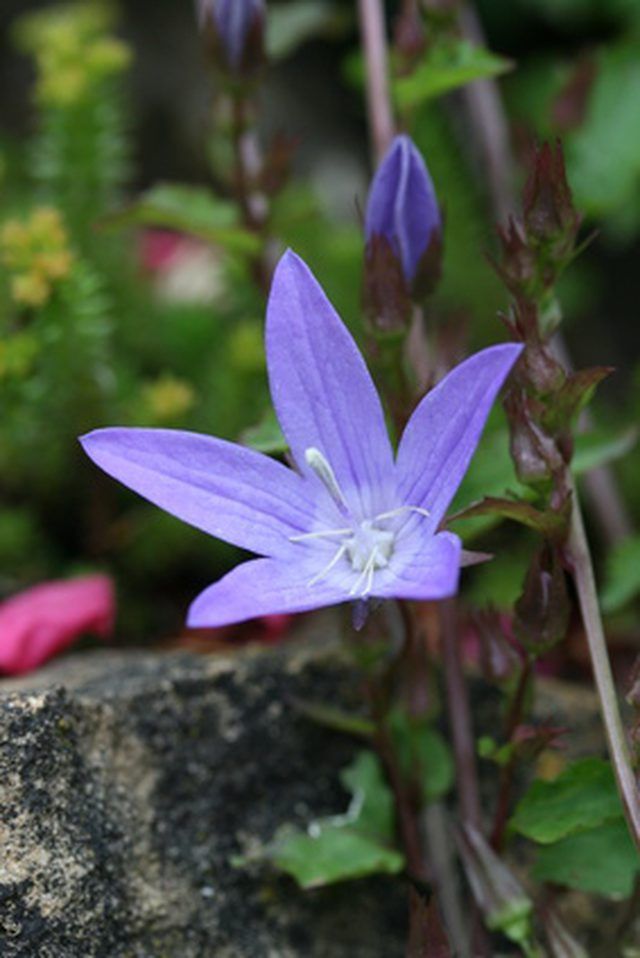Bulbs
Flower Basics
Flower Beds & Specialty Gardens
Flower Garden
Garden Furniture
Garden Gnomes
Garden Seeds
Garden Sheds
Garden Statues
Garden Tools & Supplies
Gardening Basics
Green & Organic
Groundcovers & Vines
Growing Annuals
Growing Basil
Growing Beans
Growing Berries
Growing Blueberries
Growing Cactus
Growing Corn
Growing Cotton
Growing Edibles
Growing Flowers
Growing Garlic
Growing Grapes
Growing Grass
Growing Herbs
Growing Jasmine
Growing Mint
Growing Mushrooms
Orchids
Growing Peanuts
Growing Perennials
Growing Plants
Growing Rosemary
Growing Roses
Growing Strawberries
Growing Sunflowers
Growing Thyme
Growing Tomatoes
Growing Tulips
Growing Vegetables
Herb Basics
Herb Garden
Indoor Growing
Landscaping Basics
Landscaping Patios
Landscaping Plants
Landscaping Shrubs
Landscaping Trees
Landscaping Walks & Pathways
Lawn Basics
Lawn Maintenance
Lawn Mowers
Lawn Ornaments
Lawn Planting
Lawn Tools
Outdoor Growing
Overall Landscape Planning
Pests, Weeds & Problems
Plant Basics
Rock Garden
Rose Garden
Shrubs
Soil
Specialty Gardens
Trees
Vegetable Garden
Yard Maintenance
What is the Difference Between Vinca Major & Vinca Minor?
What is the Difference Between Vinca Major & Vinca Minor?. Vinca major and vinca minor are both commonly planted in flower gardens. Both vines that offer excellent coverage for rock walls and as ground covers, the two forms of vinca continue to be a great option for time-pressed gardeners.

Vinca major and vinca minor are both commonly planted in flower gardens. Both vines that offer excellent coverage for rock walls and as ground covers, the two forms of vinca continue to be a great option for time-pressed gardeners.
Vinca Major
Vinca major is also known as big periwinkle. It's famed for its beautiful shade of blue, and is an excellent ground cover for holding back soil erosion. According to the USDA, it can thrive throughout the southern U.S., and north along the East and West Coasts, but isn't normally found in the Midwest. It is considered potentially invasive in some states, notes the USDA.
Vinca Minor
Vinca minor, also known as common periwinkle, has lovely deep blue or purple flowers. Like vinca major it is a ground cover ideally suited to shaded areas and is a perennial and evergreen, making it ideal for year-long coverage of areas vulnerable to erosion and well-adapted to most types of soil, according to Floridata.
Differences
The chief difference between vinca major and vinca minor is their size, according to Floridata, with vinca minor flowers being approximately 1 inch across, while vinca major flowers measure double that. Another key difference, according to the USDA, is that vinca minor withstands far more diverse growing conditions and can be successfully grown in the Midwest states and as far north as Montana and southern Canada.